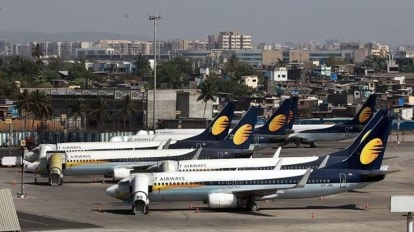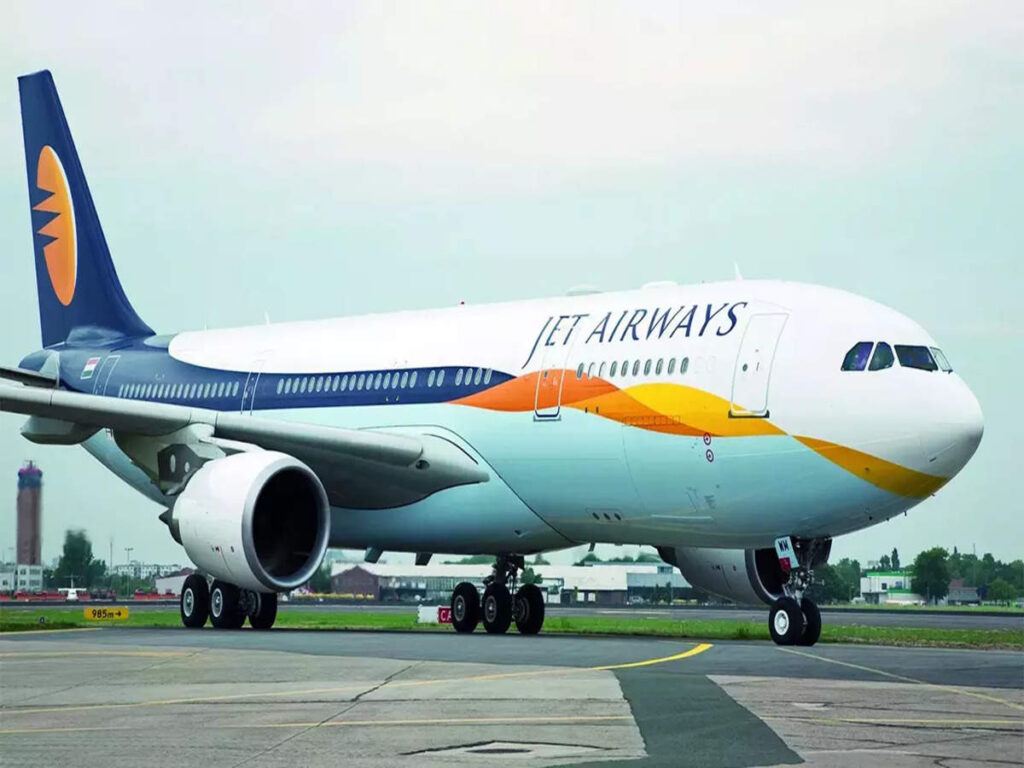Jet Airways, once a symbol of Indian aviation’s success, experienced a meteoric rise and a dramatic fall, ultimately leading to its liquidation. Founded in 1992 by Naresh Goyal, Jet Airways started as a private airline in a market dominated by state-run carriers. It set new standards with exceptional service, timely schedules, and a premium passenger experience, quickly earning a reputation as India’s top airline. Jet grew rapidly, adding domestic routes and international destinations as air travel in India surged. By the early 2000s, it was India’s largest private airline, carrying millions of passengers every year.

Source:- bbc news
Jet’s expansion, however, was marked by risky financial decisions. The acquisition of Air Sahara in 2007 for approximately $500 million was one of its costliest moves, with integration challenges and operational inefficiencies. As low-cost carriers like Indigo, SpiceJet, and GoAir began dominating the Indian market with cheaper fares and efficient operations, Jet struggled to compete. Rather than adapting to the low-cost model, Jet maintained its premium pricing, which cut into its market share
Source:- news 18
Jet’s troubles deepened due to rising fuel costs, intense competition, and poor financial management. Debt piled up as Jet tried to retain its market position by offering discounts and expanding operations without sufficient capital. By 2018, the airline was unable to pay its employees and defaulted on several loan payments. Despite attempts at restructuring and negotiations with investors, Jet Airways couldn’t recover. In April 2019, it ceased operations, leaving thousands of employees jobless and passengers stranded.
The liquidation process began soon after, with lenders and investors unable to revive the once-iconic airline. Jet Airways’ fall serves as a cautionary tale about financial discipline and adaptability in the volatile aviation industry.
Share you rviews in the comments

